Last updated on September 19th, 2023 at 11:24 pm
As dental professionals, it’s our top priority to ensure the safety and well-being of our patients and for this reason we must be aware about all Emergency Equipment for Dental Clinics
Dental clinics can be unpredictable, and emergencies can happen at any time. This is why it’s essential to have emergency equipment on hand, ready to use when needed.
In the event of an emergency having the right equipment can make all the difference. Emergency equipment such as oxygen tanks and emergency medical kits can help save lives in critical situations.
Dental clinics are equipped with various types of tools and equipment that can pose a danger to patients, and it’s vital to be prepared for any situation.
While these situations are rare, they can occur at any time and without warning.
In the following sections, we’ll discuss the essential emergency equipment that dental clinics should have, as well as how to develop an effective dental emergency preparedness plan.
We’ll also cover the importance of regular maintenance and safety checks for emergency equipment, as well as best practices for creating a safe work environment in dental clinics.
Table of Contents
Types of Emergencies That Can Occur in a Dental Clinic:
- Allergic reactions to medication or anesthesia
- Fainting or loss of consciousness
- Heart attacks or strokes
- Seizures
- Choking or airway obstruction
- Dental trauma or injury
- Burns or chemical exposure
- Other medical emergencies
Dental Emergency Preparedness Plan:
As a dental professional, it’s crucial to be prepared for any emergency situation that may occur in the dental clinic. An effective dental emergency preparedness plan can help dental clinics respond quickly and effectively to medical emergencies.
Why Dental Clinics Need an Emergency Preparedness Plan?
According to a study published in the Journal of Dental Education, more than 1,500 medical emergencies occur in dental clinics each year. https://www.ncbi.nlm.nih.gov/pmc/articles/PMC1586863/
These emergencies can range from minor allergic reactions to life-threatening events such as cardiac arrest or respiratory failure. Without a well-developed emergency response plan, dental clinics may not be able to respond effectively to these emergencies.
Steps to Develop an Effective Dental Emergency Preparedness Plan:
- Assess the Risk: Identify potential emergency situations that could occur in the dental clinic, such as allergic reactions, cardiac arrest, or respiratory distress.
- Develop Emergency Procedures: Develop detailed procedures for each potential emergency, including step-by-step instructions for how to respond and who is responsible for each task.
- Communicate the Plan: Train all staff members on the emergency procedures and ensure that everyone understands their roles and responsibilities in the event of an emergency.
- Practice Drills: Conduct regular emergency response drills to ensure that staff members are familiar with the emergency procedures and can respond effectively in a real emergency situation.
Complete list of Emergency Equipment for Dental Clinics
Here is a list of all emergency equipment that you must have in your dental setup.
| Serial No. | Medical Equipment/Drug | Purpose |
|---|---|---|
| 1 | Antiseptic,Bandages , Cotton and Gauze piece | For dressing of any traumatic injury |
| 2 | Oxygen Can (Portable ) with Oxygen Mask | To provide oxygen to patients who are having difficulty in breathing, may be due to allergy or underlying heart conditions, etc. |
| 3 | BP Apparatus | To keep track of the patient’s blood pressure, either low or high, and to determine the treatment protocol. |
| 4 | Stethoscope | To check heart rate and to check blood pressure |
| 5 | Glucometer with Strips | To check blood sugar levels, which can be caused by various factors such as loss of blood, fasting patients, and stress, among others. |
| 6 | Pulse Oximeter | To keep track of the pulse of the patient in case of a dental emergency |
| 7 | AMBU Bag | Artificial Manual Breathing Unit, which helps patients to breathe properly by pumping air into the lungs forcefully. This is used as a part of CPR or Cardio Pulmonary Resuscitation. |
| 8 | Thermometer | to record the patient’s temperature in case of fever |
| 9 | Inj. Adrenaline/Epinephrine | Used in allergic reaction patients and also in low BP cases |
| 10 | Inj. Atropine | Used to control or decrease heart rate in patients with high blood pressure or in patients who have hypersalivation, as it decreases the production of saliva and hence prevents aspiration of saliva in any dental emergency. |
| 11 | Antihistamine Inj. Avil, Tab Avil | Used to treat any allergic conditions caused |
| 12 | Diazepam Inj. Valium 2mg or 5mg | which is known for treating anxiety and as a short-term treatment option for seizures. |
| 13 | Steroids Inj. Hydrocortisone, Tab. Prednisolone 5mg | It is used mainly as an immunosuppressant or anti-inflammatory medicine. |
| 14 | Inj. Phenytoin | An anti-epileptic drug that is used to treat or prevent seizures. It must be given before starting any treatment procedure in patients with a history of seizures or in case of seizures during any dental procedure. |
| 15 | Salbutamol Inhaler | Used as an emergency drug in case of asthma or COPD. It should be administered in case the patient faces an asthma attack during any dental procedure. |
| 16 | Tab. Sorbitrate | A nitrate drug that helps in widening blood vessels and relaxing the vessels to help in increasing the flow of blood to the heart. It is given in patients complaining of chest pain, angina, or patients who have a history of coronary heart disease, among others. |
| 17 | Tab. Aspirin 75mg | Used in patients who have a history of heart disease such as angina, stroke, heart attack, due to its antiplatelet effect. |
| 18 | GelFoam | Useful in packing the extraction socket in patients with high BP on antiplatelet drugs, as it helps in controlling bleeding and aids in the formation of blood clots faster. |
| 19 | Glucose Powder | Used to replace or provide immediate energy and increase blood glucose levels in patients suffering from low sugar. |
| 20 | ORS solution | Helps in replacing salts |
| 21 | I/V cannula | Used for intravenous fluid administration and injection purposes. |
| 22 | Automated External Defibrillators (AEDs) | Used in case of sudden cardiac arrest. |
Photo Gallery of Dental Clinic Emergency Equipment
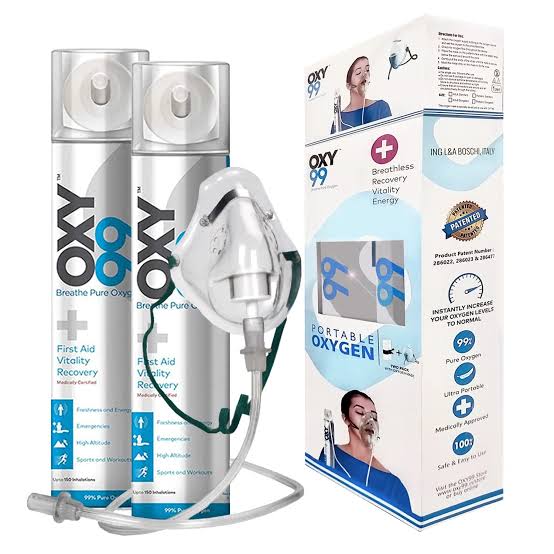
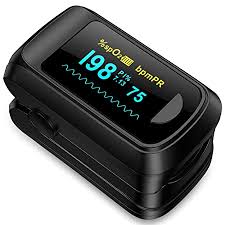
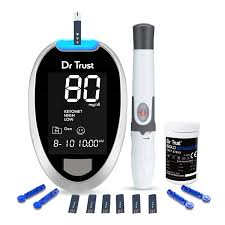
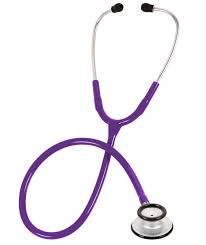
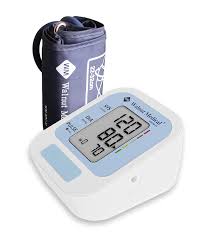
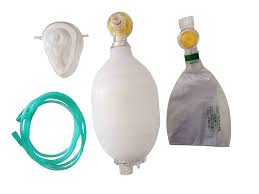
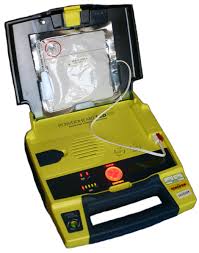
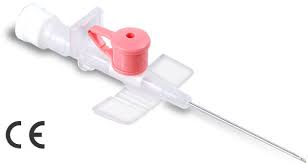
Importance of Regular Maintenance for Emergency Equipment:
Regular maintenance of emergency equipment ensures that it is always in good working condition and ready for use when needed. It can also help identify any issues or malfunctions before they become serious problems.
Steps for Maintaining Different Types of Emergency Equipment:
- Oxygen Tanks: Oxygen tanks should be inspected for any signs of damage or leaks. They should be refilled regularly to ensure there is enough oxygen available for emergency situations.
- Emergency Medications: Emergency medications should be regularly inspected for expiration dates and replaced as needed. They should also be stored in a secure, temperature-controlled location.
- Automated External Defibrillators (AEDs): AEDs should be inspected regularly for any signs of wear and tear. The pads and batteries should be replaced according to the manufacturer’s instructions. AEDs should also be tested regularly to ensure they are functioning properly.
Tips for Scheduling Regular Maintenance Checks:
- Create a Schedule: Create a maintenance schedule that outlines when different types of emergency equipment should be inspected and maintained.
- Assign Responsibilities: Assign responsibilities to specific staff members for maintaining different types of emergency equipment.
- Document Maintenance: Document all maintenance checks and repairs made to emergency equipment.
- Conduct Regular Training: Conduct regular training sessions for staff members on emergency equipment maintenance and procedures.
How to Increase Patient Footfalls for a Successful Dental Practice.
Best Practices for Creating a Safe Work Environment:
- Develop Safety Policies: Develop safety policies and procedures that are specific to the dental clinic’s operations and location.
- Maintain Equipment: Maintain all equipment and replace any malfunctioning or broken equipment immediately.
- Follow Regulations: Follow all regulations and guidelines set by the Occupational Safety and Health Administration (OSHA) and other regulatory bodies.
- Encourage Communication: Encourage open communication between staff members to identify potential safety hazards and address any concerns.
- Regular Safety Training: Conduct regular safety training sessions for all staff members to ensure that everyone is up to date on safety procedures and equipment.
Conclusion
In conclusion, ensuring that emergency equipment is readily available in a dental clinic is crucial to providing safe and effective care to patients. By having the proper equipment and protocols in place, dental staff can respond quickly and appropriately to any emergencies that may arise. This not only improves patient outcomes but also increases the confidence and preparedness of the dental team.
Regular maintenance and checks of emergency equipment should also be conducted to ensure everything is in good working condition. In addition, staff members should be trained in emergency response procedures and have a clear understanding of their roles and responsibilities.
Overall, investing in emergency equipment and preparedness is an essential aspect of running a successful dental clinic. By prioritizing patient safety and preparedness, dental practices can build trust and establish a strong reputation in their communities.
If you have found this Article helpful and would like to receive more useful dental information, we invite you to subscribe to our website.
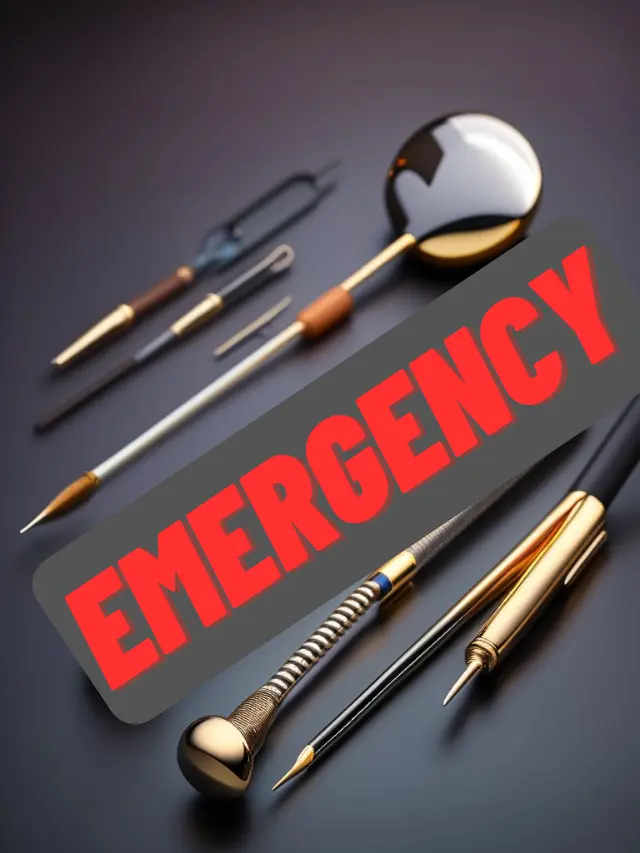
hi
do you make mobile Dental clinic on a truck. or can you equipe a truck with all instrument and equipment to make mobile clinic for general dental treatment?
This excellent website certainly has all of the info I needed concerning this subject and didn’t know who to ask.